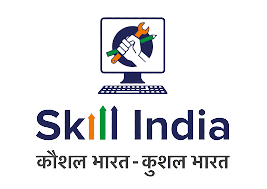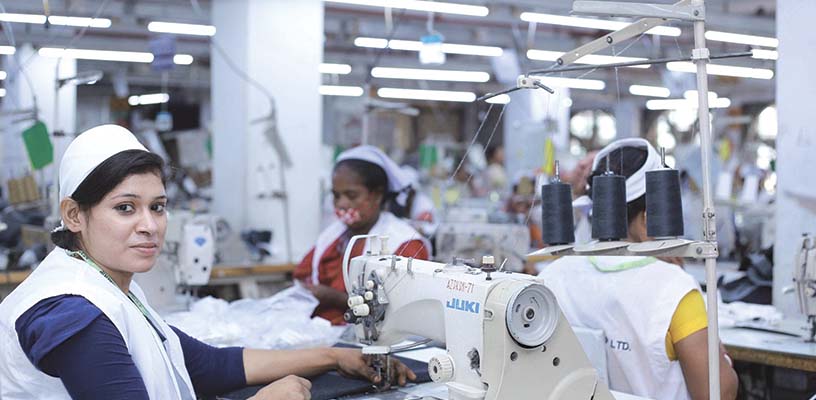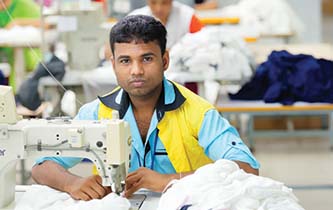/logo.png) ISO 9001 : 2015
ISO 9001 : 2015

Tuesday 24th of December 2024
06:43 AM IST


Social Media


- Home
- About Us
-
Our Services
Other Programmes
Govt. Sponsored Skill Development Programmes
- Group of Companies
- Testimonial
- Contact Us

